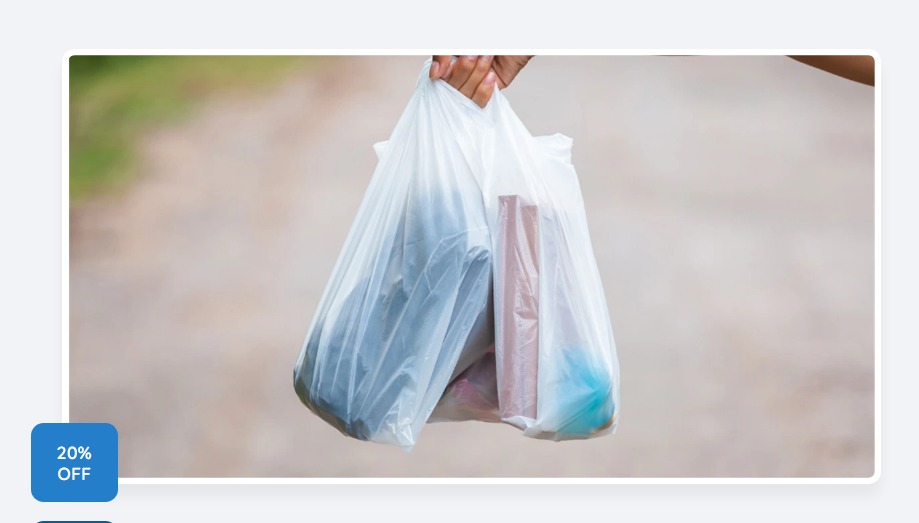
Comparing Heat-Resistant Glass Fibers vs. Traditional Insulation Materials
- Jhone Mathew
- Business
- 2025-07-16 13:57:26
- 614K
Thermal insulation is vital in industrial and construction industries for energy efficiency, cost savings, and safety. Commercially, the main types of insulation are heat-resistant glass fibers and traditional insulation like mineral wool, foam, and cellulose. Each of the insulation types has different characteristics, advantages, and disadvantages. Heat-resistant glass fibers are made of fine strands of silica, can withstand high temperatures (up to 1000°C/1832°F), and are typically more durable and fire-resistant. Traditional insulation materials are easier and cheaper to install but do not have the same thermal stability or resistance.
Thermal Performance and Heat Resistance
Heat-resistant glass fibers are designed to endure extreme temperatures or go to temperatures above 1000°C, so they can be used in laboratories, furnaces, or in aerospace and also to fireproof something. Heat-resistant glass fibers are also good insulators, as they typically have a low thermal conductivity, so they would not allow for heat to transfer in the first place. Traditional insulation like fiberglass, foam, and mineral wool are typically not good with heat, as they are rated to -500°C (932°F) when installed, even though they provide adequate insulation in the residential and commercial building sector. However, these insulators could degrade or sufficiently melt, especially when an appropriate thermally stable insulator is required for buildings and equipment that are exposed to high heat.
Durability and Longevity
Glass fibers are tough, resistant to moisture, chemicals, and corrosion, and are designed to last long in tough conditions. The general use of glass fiber is safe from mold circumvention, whereas other industrial insulation materials suffer from exposure to moisture and material degradation due to thermodynamic conditions. Whenever moisture is absorbed, there is always the possibility of the material developing mold (cellulose and foam). Mineral wool insulation, like glass fibers, is inorganic and not necessarily degraded by moisture, but it is still more susceptible to mold growth than glass fibers under excessive moisture in very high heat conditions.
Cost and Installation Considerations
Traditional materials are often cheaper for first costs and reasonable when installed by the do-it-yourself (DIY) homeowner (fiberglass and cellulose) or professional installation. In most cases, the installation (flexible material) also has lower labor costs. In the case of heat-resistant glass fibers, this cost can increase due to different manufacturing processes involved strictly for the types of performance properties needed. Many other fiberglass products are less expensive than those products that protect against high-temperature insulation. In most cases, the installation of fiberglass requires a professional due to the installation of the installed products and all the associated risks of dealing with irritating glass fibers like fiberglass, glass wool, or ceramic insulation (glass fibers).
Environmental Impact and Sustainability
Sustainability is becoming a center of focus when deliberating insulation. Glass fibers are derived from a non-toxic, non-renewable material, silica, which is fairly abundant, but the energy to produce it is substantial. Glass fibers are virtually non-biodegradable, though occasionally those fibers are recyclable. Generally speaking, organic materials like cellulose are excellent choices for sustainability since they are made of recycled paper. However, cellulose isn't as fire-resistant as other materials. Mineral wool is manufactured from rock or slag, making it more sustainable than modified foams and achieving better durability and insulation properties.
There is also rigid foam insulation—while effective, even excluding polystyrene, many edge tape products contain harmful chemicals that can leach into the environment. Therefore, fiberglass comes relatively low on harmful, biodegradable materials compared to foam, but cellulose will likely be more advantageous over time when recycled and biodegraded properly. The overall trade-off comes down to whether you prioritize fire resistance or sustainability when making your decision.
Applications and Suitability
Generally, the best insulation to have in extreme heat scenarios—whether industrial furnaces, aerospace considerations, or fire barriers—would typically use heat-resistant glass fibers where thermal stability is a critical consideration. While traditional materials can be employed to mitigate heat in these instances, they could also be used in residential and commercial assembly for a multitude of reasons. Generally, traditional materials will be considerably more versatile: soundproofing, cost-effective insulation, and thermal-resistive properties.
Fiberglass is primarily used on attic floors, mineral wool is commonly used in places where fire is a threat, and foam does serve a good purpose wherever there are gaps to seal. Each material is situated in distinct use cases, whether it is for particular high-heat needs or general insulation reasons. The end-user will determine which type of insulation is fitting for a particular instance. Ultimately, you may not be surprised to learn that cost and temperature requirements will certainly sway your decision, and so will any overarching environmental issues at stake.
Wrapping Up
Both heat-resistant glass fibers and traditional insulation materials have unique advantages. Glass fibers have a significant advantage in extreme heat as well as long-term performance, while traditional insulation materials will have advantages regarding cost and ease of installation. Assessing your project outcomes and determining which features are most important (fire resistance, cost, sustainability, etc.) will determine the right choice for insulation.
Leave a Reply
Please login to post a comment.











0 Comments